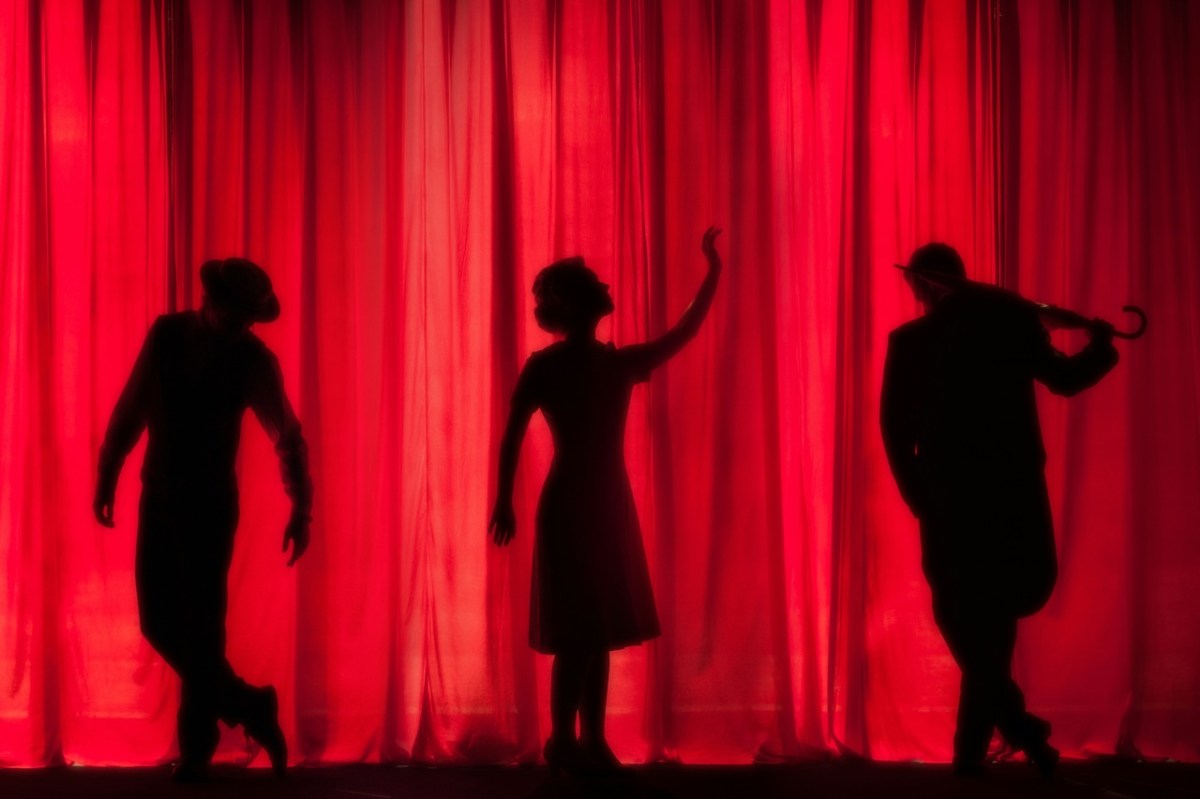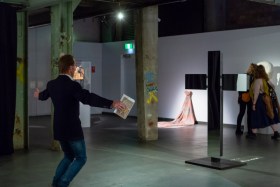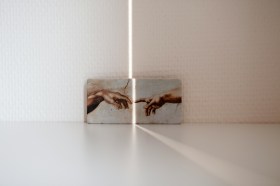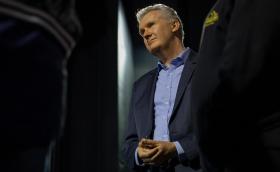AI and artists: quick links
Say what you like about robots, at least they’re keen readers.
The Tech Council of Australia is calling for changes to copyright law that would allow tech companies to train Artificial Intelligence products on the work of Australian writers and artists, without paying royalties to do so.
Vast amounts of Australian-made text and images could be hoovered up to train software known as Large Language Models (LLMs), from Summer of the Seventeenth Doll to Bluey.
AI developers’ argument is relatively simple: Generative Artificial Intelligence (GenAI) will create valuable new capabilities that will drastically increase economic productivity – on the Commission’s estimates, adding up to AUD$116 billion over the next decade – and also provide new tools for creative work too.
Yet, they claim, developing this technology is only possible if companies can access the training data without paying for it. The more data, the better the LLM, so the best models would need amounts of data that would be prohibitively expensive if the developers had to compensate copyright holders.
AI and artists: not thrilled
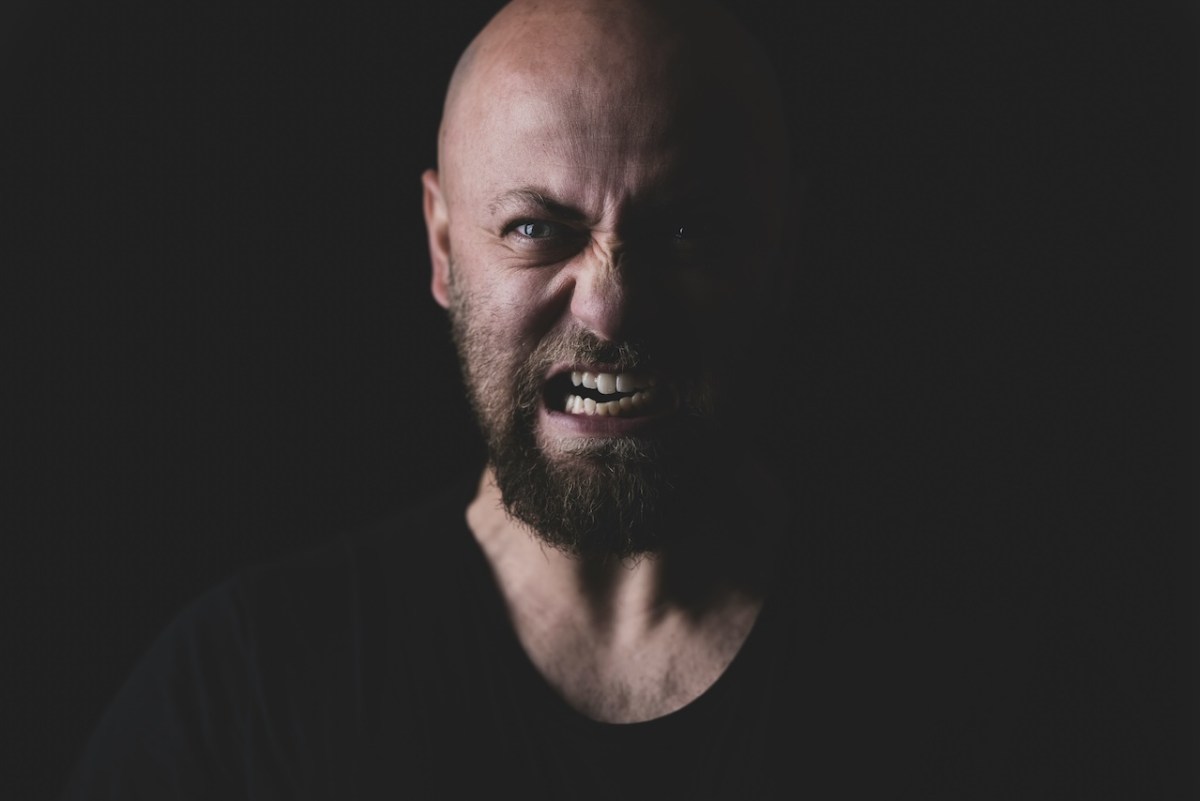
Artists, understandably, aren’t thrilled at the prospect that their work will be used to make tech companies money in this way. Some think it’s unfair that others can profit from their labour without compensating them. Others object to their work being used to train a technology that can then drive creatives out of paid employment. It’s like being asked to train up your own replacement – for free.
ArtsHub: The Productivity Commission just advocated for theft and I’m f**king livid
The tech industry is trying to make money from a new technology, while artists and writers are trying to extract fair benefit from the products of their own labour. On its face, then, this looks like a straightforward clash of competing interest groups – in other words, a political question.
Yet at the risk of getting a bit technical, there’s at least three, very different philosophical problems here too: an epistemic problem, a justice problem, and a metaphysical problem.
AI and artists: the great gamble
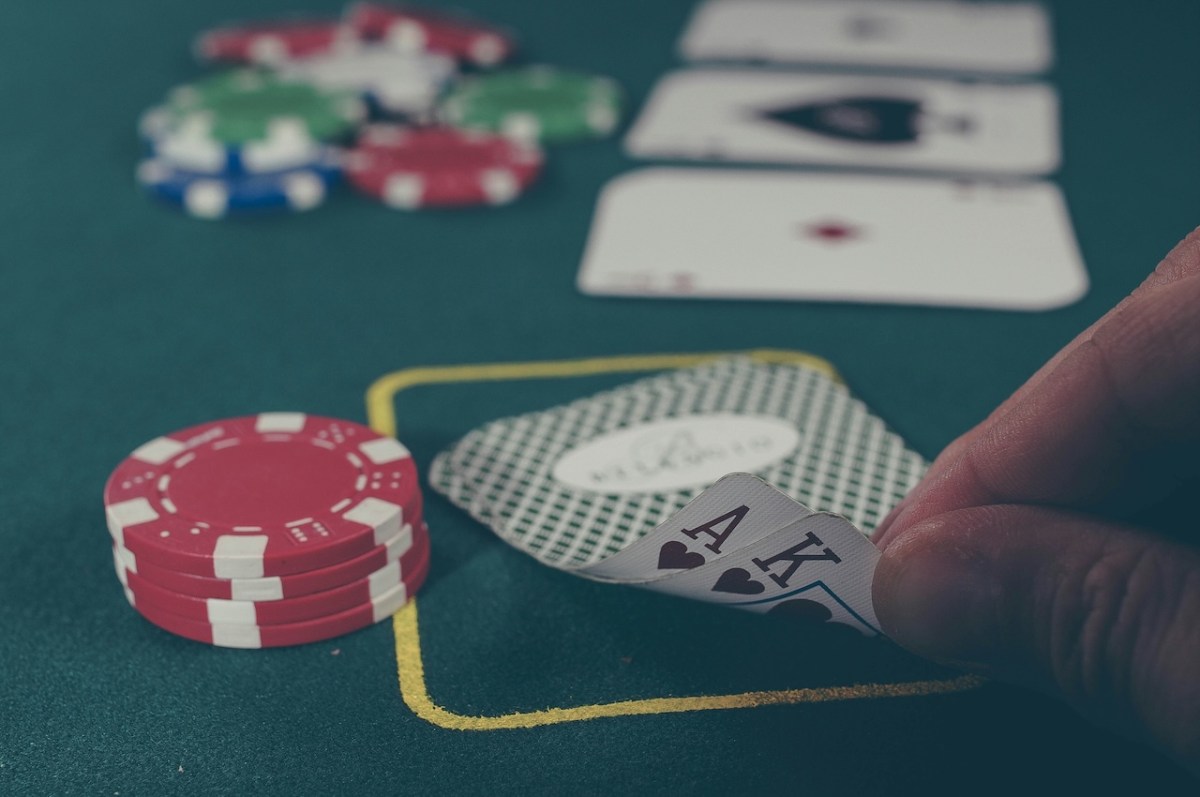
The first issue is epistemic, which is just a high-Scrabble-score way of saying we simply don’t know if the predictions being made about AI will come true or not.
No technology since the internet itself has been hyped so breathlessly as AI. GenAI imagery has flooded social media, and ChatGPT has become the bane of educators the world over.
Even so, nobody is actually making any real money of GenAI yet, even as massive resources are being poured into it (and AI tools get shoehorned into seemingly every software product on the planet, whether asked for or not).
AI’s claimed uses, and its profitability, are forever ‘just around the corner.’
That is a lot of energy, emissions, water, server space, and of course copyright violations just to churn out a meme in the style of Studio Ghibli while telling ourselves that this will ultimately revolutionise human life itself.
Of course, the Productivity Commission could turn out to be right about what AI might contribute to the economy, too. The benefits might somehow be worth the costs. But we’re being asked to make ethically consequential decisions on less-than-perfect information.
AI and artists: a question of fairness
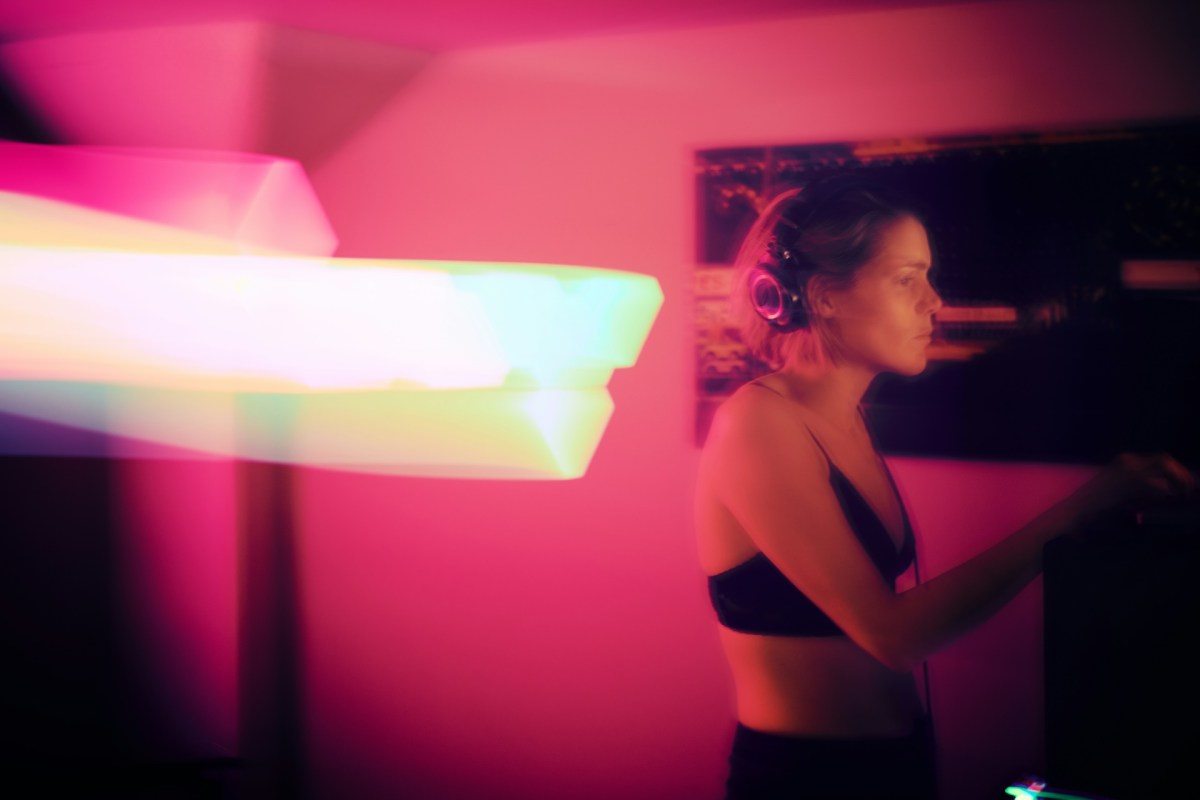
At the heart of objections to the copyright exemption is a concern over justice. Who deserves to get what?
From the artists’ perspective, there’s a clear argument that as the creators of their work, they are entitled to a share of profits made from it. If I write a play, and you stage it, ‘I shouldn’t have to pay you royalties because I can’t afford to’ isn’t going to cut it. And that’s true even if you think staging my play would be a great public good, and that not staging it would leave everyone worse off.
And yet, we do decide that the importance of certain public goods outweigh private ownership all the time. That’s what taxation is, for a start. Could AI be such a boon that artists simply have to take the hit of having their work used without compensation, in return for other benefits?
There’s another, more obscure issue of justice here too. Having talent is an unearned advantage in life, like good looks or a beautiful singing voice. Tech evangelists could therefore argue that GenAI levels that playing field, by giving everyone the opportunity to create imagery or writing regardless of their individual skill.
AI and artists: what is even real anymore?
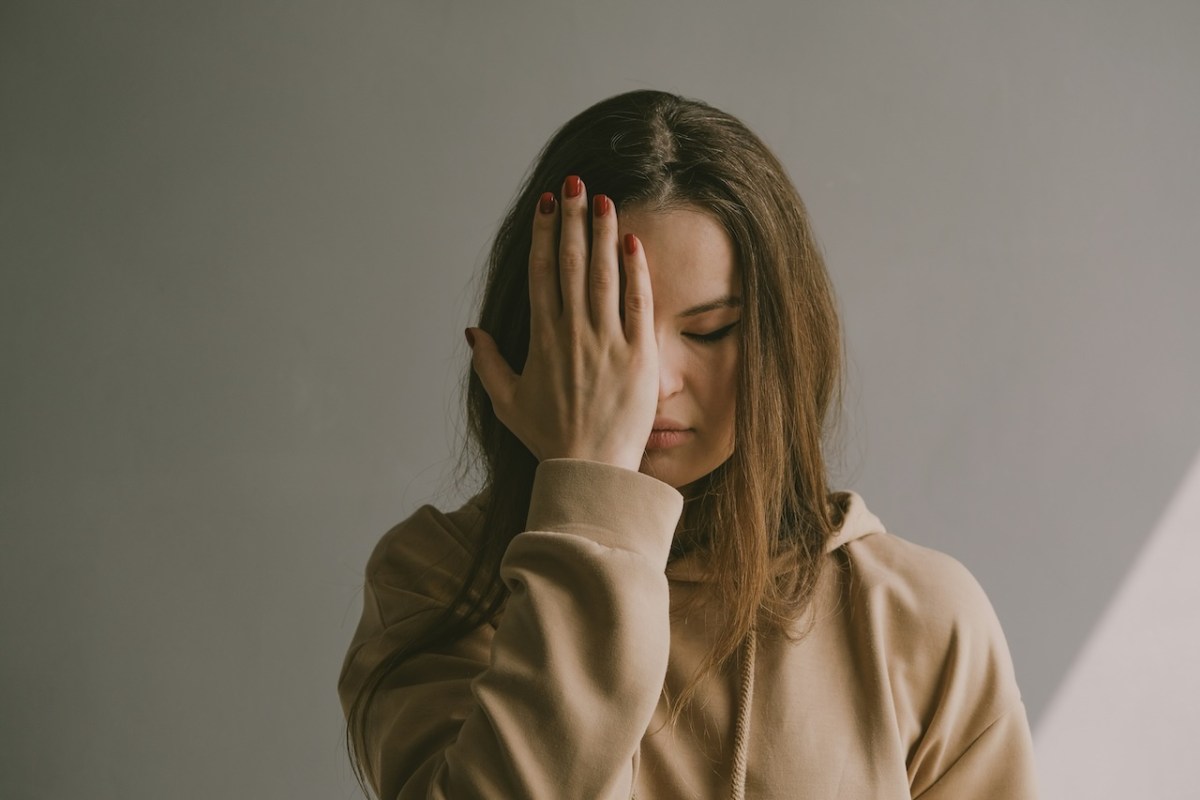
At its most fundamental though, the issue is not whether Sam Altman should be able to profit off old episodes of Skippy, but deep worries about the nature of dignity, consciousness and what it is to be human. This is not territory the Productivity Commission is likely to stray into. But the rest of us are encountering these questions more and more every day.
A few months ago my kids were horrified to see a market stall selling framed prints of GenAI imagery: ‘That’s AI! They shouldn’t be selling that!’ Even as teens growing up decades into the digital revolution, they thought there was something inauthentic about AI art, and something offensive about selling it alongside the real thing.
GenAI ‘art’ does not link us to the mind of another person the way a book or a painting does. Nor, strictly speaking, is it creative. If all we mean by ‘creativity’ is producing something nobody has ever seen before, then AI is at least capable of that much.
But what it produces is in an important sense not new: rather, it’s simply looking at all the data it has from the past and guessing what would be most likely to come next.
(Of course, postmodern cultural theorists started telling us decades ago that nothing’s new anyway: it’s all just the same stuff remediated, over and over again. Make of that claim what you will.)
AI and artists: the true threat
That, ultimately, is GenAI’s true threat to artists. It gives us a mere simulacrum of the human urge to express and to bring something new into the world. For now, its products are still new and imperfect enough that we’re still unsettled by them. But what happens when we’re so used to AI we don’t even notice it anymore?
Perhaps the scariest thing about GenAI isn’t the thought that it will do artists out of their jobs, or that it will usurp the place of human creativity. It’s the thought that, when it does, we won’t care.
Disclosure: the author is a member of Copyright Agency, an organisation which has proposed a model of payments for AI use of Australian copyright material that would benefit its members.
Read more AI and artists articles on ArtsHub:
- A gallerist’s view – how artificial intelligence will roll out in the visual arts
- Copyright & AI: Arts Minister Tony Burke pledges to protect artists’ rights
- Arts Law not shy in criticism of Productivity Commission report on AI
- First Nations intellectual property vs AI: culture, consent and the fight to stop scraping
Patrick Stokes is a philosopher at Deakin University, and has previously held research fellowships in the UK, Denmark and the US.
